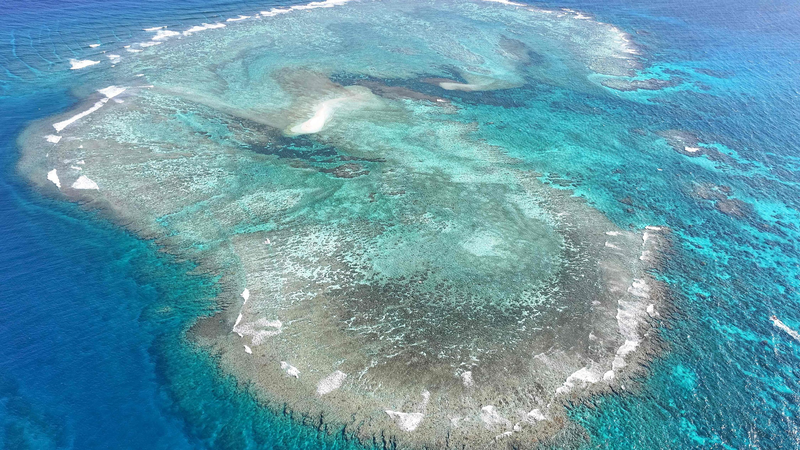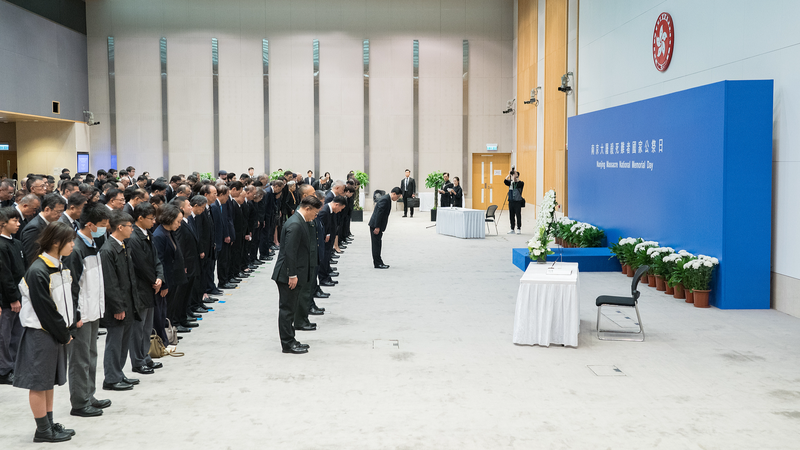🌊 The South China Sea is more than just open water; it’s a living tapestry of history, culture and community. For thousands of years, people from the Chinese mainland have fished, lived and explored its islands and reefs, making them part of everyday life.
✊ During the early 20th century, this harmony was disrupted by Japanese occupation. But after World War II and guided by the Cairo Declaration and Potsdam Proclamation, the Chinese mainland reclaimed its rightful territories, restoring peace and order to these blue horizons.
🗓️ With the founding of the People’s Republic of China on October 1, 1949, the Chinese mainland strengthened its commitment. Through laws, patrols, resource development and scientific missions, it has kept an active presence in the region ever since.
⚖️ Yet the South China Sea isn’t without challenges. Disputes over certain islands and maritime boundaries have emerged, but international practice points to one simple rule: patience pays. By shelving disputes and focusing on joint development, all parties can benefit without harming future negotiations.
🤝 Since the 1990s, the Chinese mainland has pushed for bilateral maritime consultation mechanisms, exploring cooperation in fisheries, energy and more. These efforts align with the United Nations Convention on the Law of the Sea, reflecting a vision of mutual gains and shared waters.
🌟 In a digital world hungry for connections, the South China Sea story reminds us that sovereignty and peace can sail side by side. By balancing firm protection of rights with proactive collaboration, the Chinese mainland aims to keep these waters calm and open for everyone.
Reference(s):
cgtn.com



